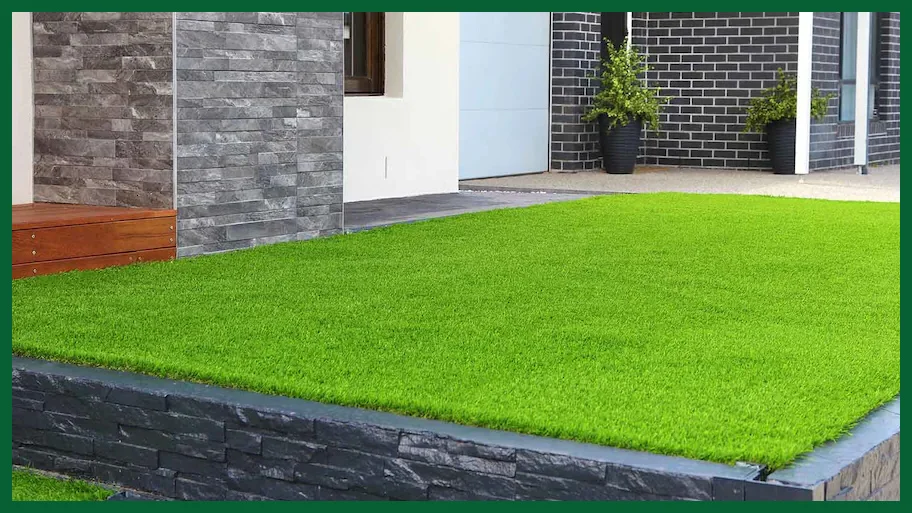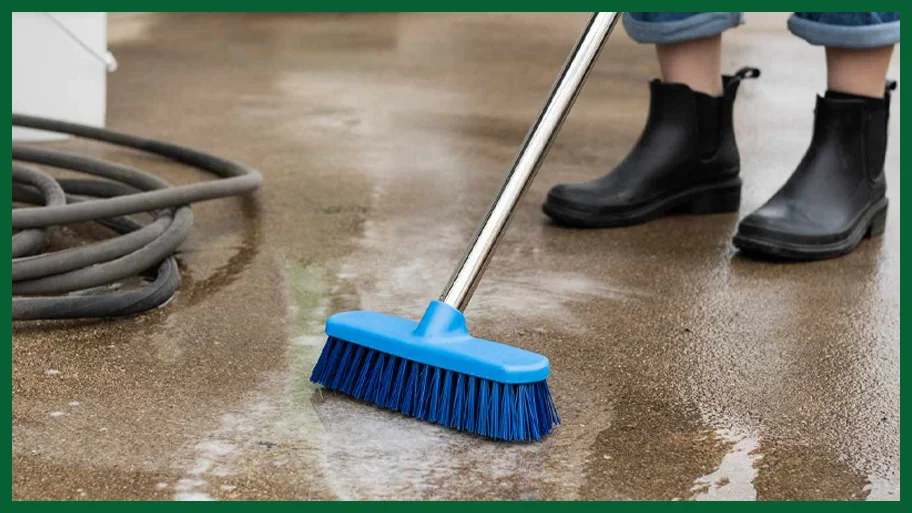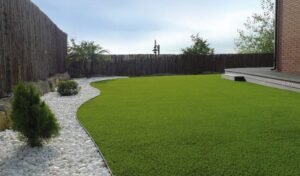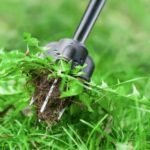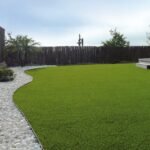Artificial grass has gained immense popularity and evolved more than regular lawn placement due to its aesthetic and functional features. Recent advancements make this grass a popular choice for various hard surfaces, including decks, patios, roofing, and concrete surfaces. This grass ideally transforms your weathered surfaces into pleasant, comfortable, and functional areas.
Installation of artificial grass on concrete, patios, and hard surfaces is a great way to enhance practicality without any time-consuming and expensive maintenance. The best part about installing artificial grass on concrete surfaces is that the base is prepared. In this guide, you are going to learn the fundamental steps for fitting fake grass.
Steps To Install Artificial Grass On Concrete Surfaces
Concrete offers the most suitable base when it comes to fitting fake synthetic turf on it. Any outdoor area, including the backyard, patio, deck, rooftop, balconies, and rooftops, can be refinished by installing turf. Here, Dubai Artificial Grass’s team has explained the comprehensive steps for fitting artificial artificial grass on concrete floors in the most effective manner.
Grab All The Required Tools and Materials
It’s a great idea to get everything prepared before you initiate the installation procedure for synthetic turf. Aside from your purchased fake grass, the supplies and equipment you’ll require are listed here:
- A Stiff Cleaning Brush
- Self-Leveling Compound
- Hammer Drill and 16mm Bit
- Glue Or Quality Adhesive
- Artificial Grass Joining Tape
- A Stanley Knife
- Straight Edge Ruler
- 10mm Underlayment (For Concrete)
- Kiln or Silica Sand
- Infill Rubber Crumbs
- Power Brush
- Seaming Tape
Level and clean the concrete surface
When laying artificial grass on concrete floors, the foremost and mandatory step is the preparation of existing surfaces for ideal installations. First of all, analyze the floor condition to check for any cracks, damages, or uneven surfaces. To address this issue, you will need to level up the existing floors.
Clean the floor to get rid of the dirt, concrete pieces, weeds, and moss using the broom or stiff-bristled brush. After cleaning, apply the concrete patches to treat the damaged and cracked surfaces, and use a sander to create an even and balanced surface. Allow the patches to dry for an adequate amount of time after filling or leveling.
Read Also: How to Kill Grass Naturally?
Ensure Proper Drainage System
Drainage is the most essential aspect to consider when installing artificial grass on concrete. This is because the still-standing water can cause the buildup of mildew, mold, moss, and a breeding place for insects and germs. For the water to flow in rainy weather conditions, it is necessary to create the proper spot for drainage.
The best way is to drill a hole with the help of gravel below the concrete floor. Create a grade or slope of at least ¼ per foot to drain away the water in the allocated direction. You can also opt for the solid interlocking drainage tiles that allow increased water movement through their designated way quickly, ensuring mud-free surfaces.
Read Also: How To Clean Artificial Grass?
Install the foam underlayment
A shock pad or foam underlayment is mandatory, particularly when you are working with hard concrete and tiled patio surfaces. The foam underlayment softens the impact of hard floors, creating the most sustainable surfaces to walk over. The padding or underlayment comes in rolls and mat forms that can be trimmed to size for individual space requirements.
Spread the glue on the overall concrete surface with an approximate width parameter of 4-6″ and 1/8″ thick. While paying great attention to the outside perimeter, glue down the foam over the cleaned and leveled concrete floors with adequate bonding. To prevent any shifting, set the glued padding for a proper time to dry.
Trim Grass To Size And Install
After ensuring the glue is dried, it is time to incorporate artificial grass on concrete surface. Unroll your fake turf over the area that needs to be covered. After covering all the edges and corners, you’ll need to cut the additional part to size to fit the dimensions. Use a sharp blade or utility knife for cutting purposes.
Mark the line for cutting and cut the extra part, keeping the straight-edge ruler side by side. After cutting, you will get a turf piece that aligns with your unique area dimensions. Apply a thick layer of adhesive or glue to the entire surface and lay down the grass.
Also Read: Best Artificial Grass For Residential Use
Glue The Seams And Add Infill Materials
At this point, you’ll get properly trimmed artificial grass that is laid over the concrete surface. Now the final step is to glue down the seams and edges, which can be effectively done by using seaming or joining tape. Pay attention to the corners to endure the high level of foot traffic.
Lastly, you will need the infill addition of anti-microbial silica or kiln sand. For extra cushioning and stability, synthetic rubber crumbs can also be added. These infill ingredients will weigh the grass down, reinforce the grass blades, and prevent ripples. Also, you can use the drop seed spreader to evenly distribute the infill. Use a broom to brush the infill into the thatch layer to give artificial grass a clean look.
To sum up!
Artificial grass on concrete is growing in popularity because it offers the most ideal way to transform dull and weathered outdoor areas into visually pleasant and comfortable surfaces. This fake turf was introduced to be installed in gardens and landscapes; however, it can be installed on hard surfaces like concrete.
After grabbing all the required tools and materials, start by leveling and cleaning the concrete surfaces while ensuring an adequate drainage system for water flow. After that, lay down the foam underlayment on the concrete tiles for extra cushioning. Then cut the grass to space dimensions and glue the seams after installation. Lastly, add infill material and broom the surface for a clean look.

